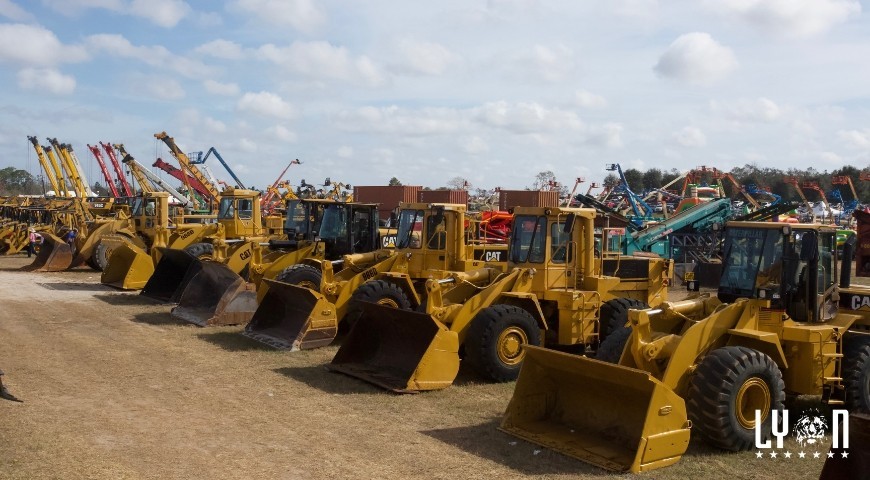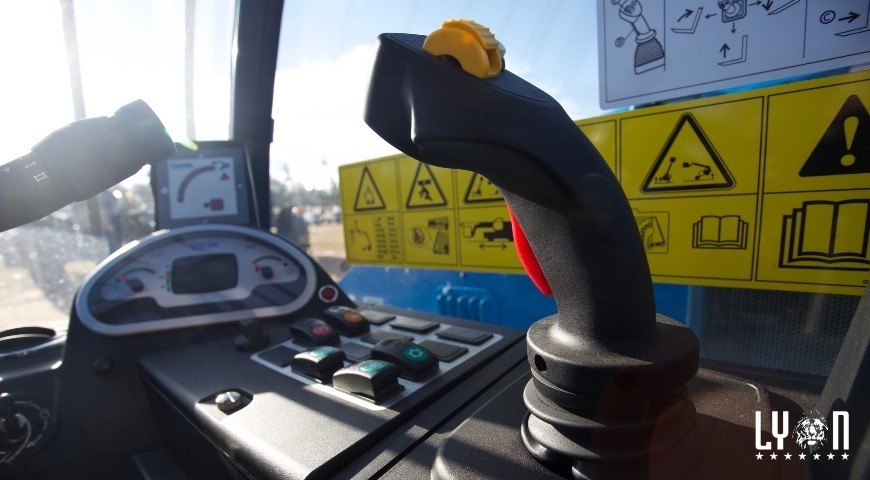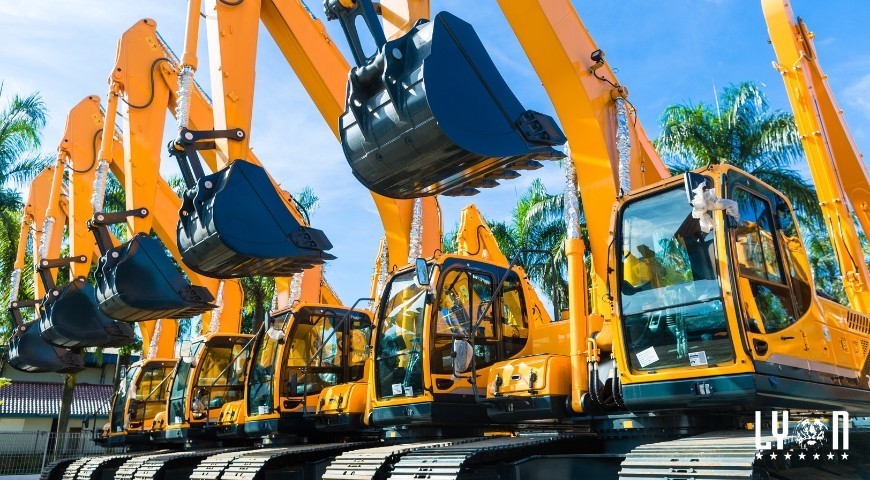It’s important to have a maintenance schedule for your large construction equipment. When you have a successful maintenance plan, you will be able to foresee any issues before they turn into downtime on jobs and excess costs. It can be time-consuming to complete proper servicing, but it will benefit you in the long run. Below is why you should complete maintenance, have a timeline for services and take other preventative maintenance measures!
Why complete large construction equipment maintenance
Whenever your heavy machinery breaks down, it costs your business time and money. You’re unable to complete the job on time, and you’ll have to spend more money on fixing your machinery than if you had just completed the recommended maintenance. Equipment that is well taken care of will minimize downtime and costly repairs. It’s best to know when something needs to be replaced and schedule services for it before it becomes a larger problem. Regular maintenance will also extend the life of your equipment.
Timeline for scheduling services
Your fleet is the biggest asset of your company, so it’s important to take care of it correctly to ensure it lasts a long time. Proper servicing and maintenance will keep your machinery in the best possible condition. Every month and year there are certain things you need to do, and there are tasks that need to be completed at specific mileages.
Monthly, we recommend checking the transmission fluid, brake fluid, power steering fluid, windshield wiper blades, belts, hoses and battery cables.
Yearly maintenance includes flushing the underbody, servicing the cooling system, checking the accelerator control system, lubricating the doors, hinges and parking breaks and inspecting the radiator, water pump, fan, belt, thermostats, radiator cap and antifreeze.
Every 5,000 miles, which is typically every six months, check the brake system, rotate the tires, lubricate the chassis and check the clutch system if your vehicle is manual.
When your machine reaches 15,000 miles you should inspect the automatic transmission and change the transmission filter and fluid if needed.
At 30,000 miles, check the spark plugs, their wires, the fuel filter and engine timing.
Other preventative maintenance measures
There are a few other things you can do to contribute to extending the lifespan of your heavy machinery. These things include properly educating your employees on how to use each piece of equipment, using the machinery for its intended purpose and considering the job when choosing what new or used equipment to purchase. These approaches will help you get the most out of your equipment.
Attend our large construction equipment auctions!
If you’re looking for secondhand equipment, check out one of our auctions! We have auctions both online and in-person to suit our customers’ needs. We care about the quality of our equipment and helping you find the equipment you need to get the job done. Contact us today to learn more about our upcoming auctions!




